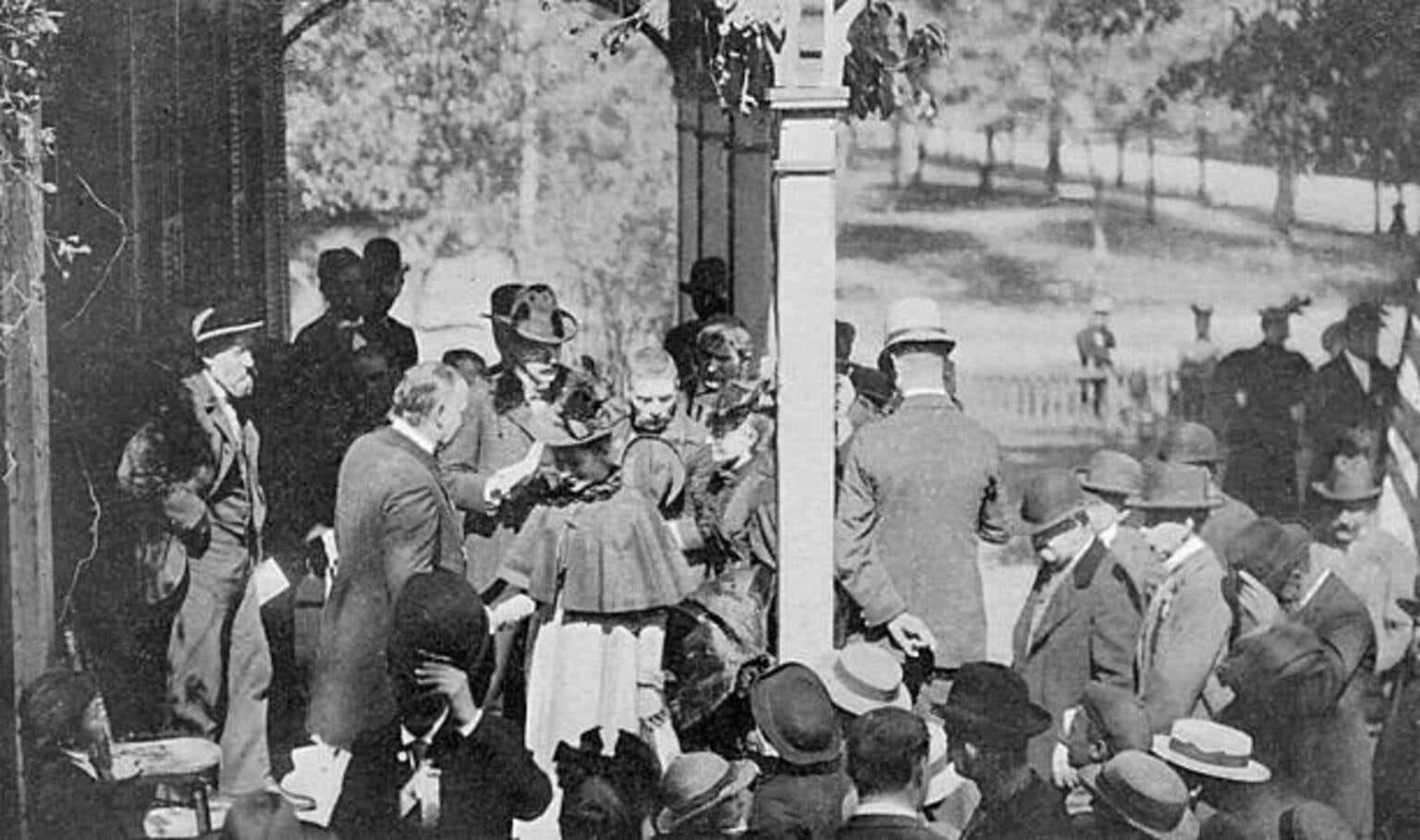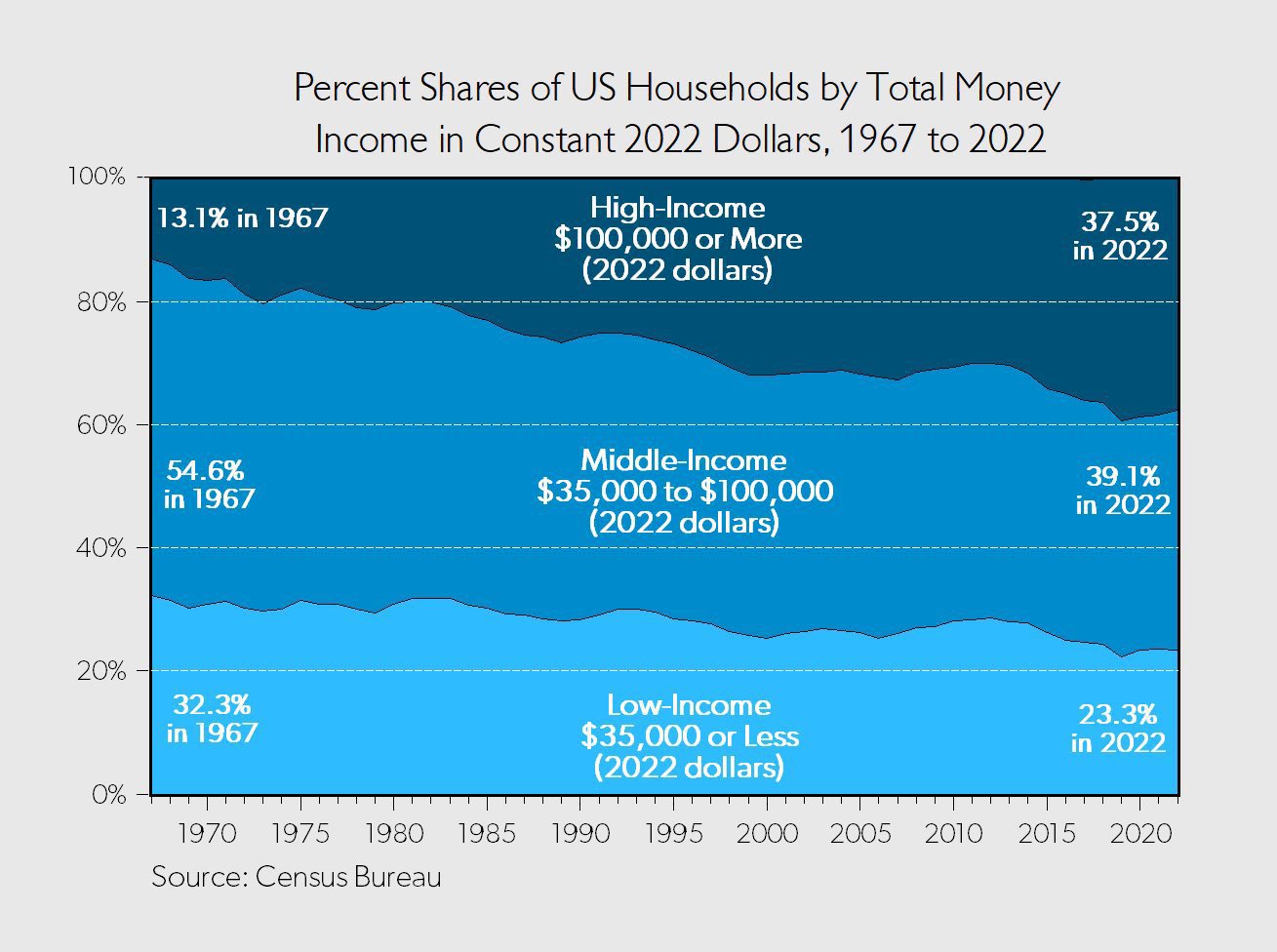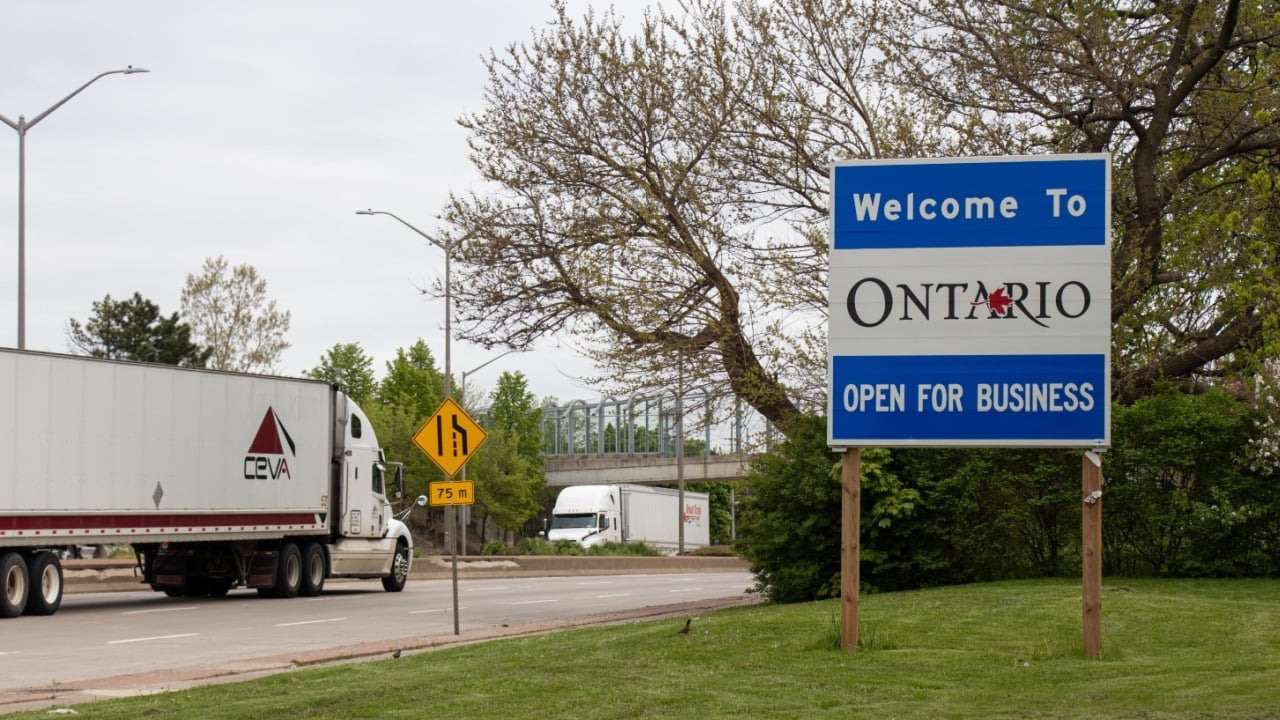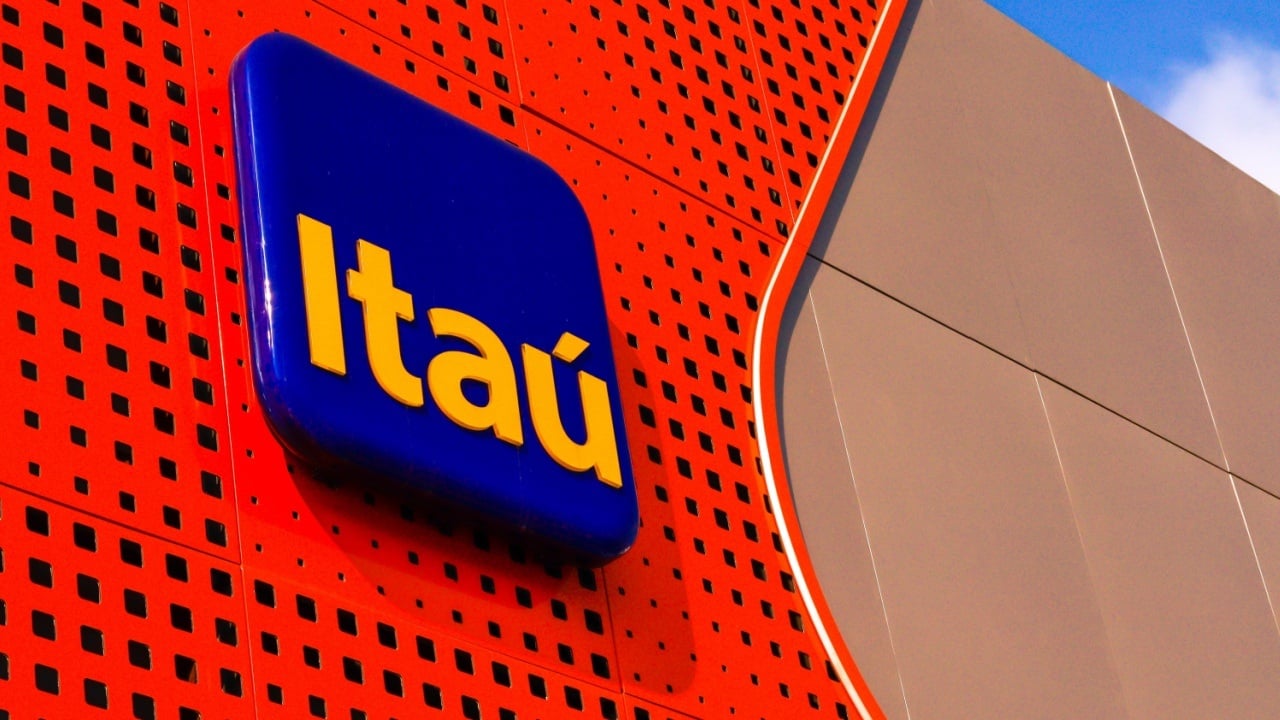Research shows this company benefit reigns supreme. Cisco is a case study in how
Offering employees paid time off to volunteer pays dividends in the long run.

"Do well by doing good," a phrase often attributed to Founding Father Benjamin Franklin, holds truce for company culture today. While many firms tout free catered lunches or swanky on-site fitness rooms for staff, research shows that one corporate benefit reigns supreme.
Volunteer programs are the sole workplace wellness offering to have a truly positive effect on an employee’s mental health, according to a recent large-scale systematic review by the University of Oxford’s Wellbeing Research Centre.
Companies are waking up to the fact that volunteering can boost employee retention, engagement, and productivity. Programs that allow staff to volunteer while they’re on the clock are swiftly growing in popularity, according to a recent survey from the Association of Corporate Citizenship Professionals.
Consider Cisco, No. 3 on this year’s 100 Best Companies to Work For list. The software firm has maintained a more than 80% employee participation rate in its give-back and volunteer programs since 2020, and recently hit a milestone of 86%.
“Our purpose is to power an inclusive future for all,” Kelly Jones, Cisco chief people officer, says of the importance of encouraging volunteerism to build a strong company culture. “It lives right in the center of our purpose.” While giving back “has always been part of our DNA,” she says, Cisco expanded its program just after CEO Chuck Robbins took on the leadership role in 2015. “He had a strong sense about how he wanted to lead the culture,” Jones says.
Volunteer opportunities at Cisco, which has over 89,000 employees globally, are expansive. They include the Time 2 Give perk offering two paid weeks off a year for workers to volunteer in any way that’s “near and dear to your heart,” says Jones, who, as an outdoorsy Colorado resident, typically uses that time to help maintain hiking trails.
There are also skills-based volunteer programs, connecting workers with organizations in need, including Cisco Crisis Response, which collaborates with local agencies to rush in and help with its Cisco Network Emergency Response Vehicle (NERV) to address disasters such as the recent floods in North Carolina or the California wildfires.
That program is what attracted Cisco analyst Micaela Cacho-Negrete to the company. “I joined Cisco in part because of its strong sense of corporate purpose and the many opportunities there are to be a part of that work,” Cacho-Negrete, now a crisis-response volunteer, wrote in a Cisco blog entry.
By the numbers
86%of Cisco employees participate in volunteer programs
$10,000the amount of donations per employee Cisco will match per year
$720,000Cisco employee Volunteer hours in FY 2024
Source: Cisco
The company also hosts various team-organized days of giving back—and it matches individual donations of up to $10,000 a year, which Jones takes advantage of by donating to the Children’s Tumor Foundation: “A big one in my heart,” she says.
Cisco’s motivation, of course, is twofold, as volunteering brings positive outcomes to both employees and to the business at large. Having an engaged and happy staff pays dividends in the end.
Jones says that while the programs were born from the belief that Cisco could and should give back to the communities in which its employees live and work, they have brought the business a satisfying “by- product” in the form of high retention, engagement, and performance.
“For us, that’s really important,” she says, because when it comes to the performance of its employees, “you can draw a straight line from that right to how our customers feel.”
To streamline efforts, Cisco has formed partnerships with nonprofits— from Rise Against Hunger, for which it’s helped to assemble meal kits that get delivered to people in rural African communities, to the youth-homelessness support organization Covenant House, for which it has provided volunteers, job training, and technological equipment.
“So it can span across a lot of things, based on what the needs of the community are. And the cool thing about it is oftentimes these are unearthed by our employees,” Jones says. “We see a lot of self organizing. Our employees kind of say, ‘Ah, this is a problem that exists in my community, and I think we can harness Cisco to help solve it.’”
More on the 2025 Best Companies to Work For:
- An overview of the Fortune 100 Best Companies to Work For
- The unique approach to remote work at Atlassian (No. 95)
- An impressive parental leave policy at Hewlett Packard Enterprises (No. 84)
- How the Best Companies to Work For give their employees time to recharge
- Where DEI policies fit in today's business landscape
This article appears in the April/May 2025 issue of Fortune.
This story was originally featured on Fortune.com





































































































































































